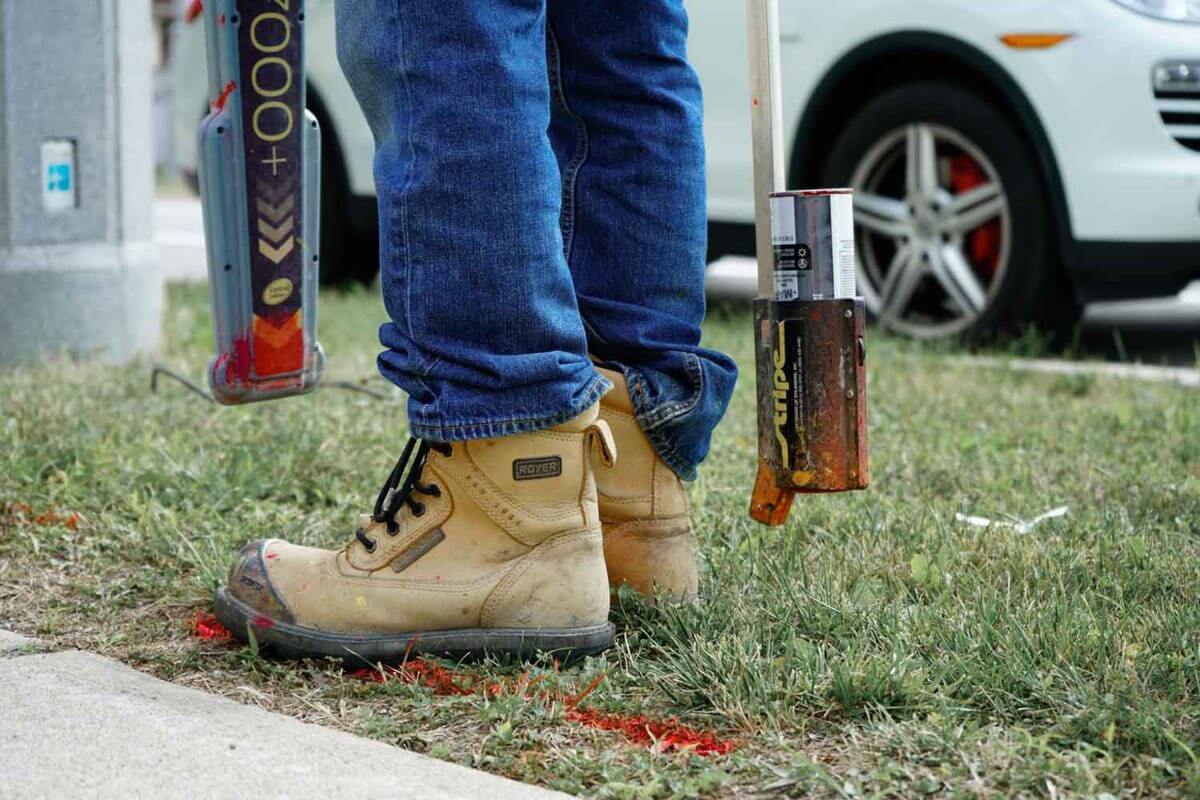Utility locating is an essential practice that enables the safe and efficient construction of buildings and infrastructure. By identifying the location and type of underground utilities, such as water and gas pipes, electrical cables, and communication lines, utility locating helps to prevent damage, improve project timelines, and ensure public safety.
In this comprehensive guide, we’ll explore the world of utility locating and answer all your questions, including:
What is Utility Locating?
Utility locating is the process of detecting and mapping underground utilities using specialized equipment and techniques. It is an important step in the planning and construction of new buildings and infrastructure, as well as in the maintenance and repair of existing systems.
Why is Utility Locating Important?
The safe and efficient construction of buildings and infrastructure requires an accurate understanding of the location and type of underground utilities. By conducting utility locating, you can prevent damage to these systems during excavation, which can cause disruptions to services, costly repairs, and even public safety hazards. In addition, utility locating can improve project timelines by identifying potential obstacles and allowing for adequate planning and preparation.
How is Utility Locating Conducted?
Utility locating is conducted using a combination of equipment and techniques, including ground-penetrating radar (GPR), electromagnetic locators, and vacuum excavation. The method used will depend on the type of utility being located and the specific conditions of the site.
What are the Benefits of Utility Locating?
The benefits of utility locating are numerous, including:
- Improved safety: By accurately locating and identifying underground utilities, you can avoid damaging them during excavation and reduce the risk of accidents and safety hazards.
- Increased efficiency: By identifying potential obstacles and planning accordingly, utility locating can improve project timelines and reduce delays.
- Cost savings: By preventing damage to underground utilities, utility locating can help to reduce repair costs and minimize disruptions to services.
- Environmental protection: By avoiding unnecessary excavation and reducing the impact of construction on the environment, utility locating can help to protect the natural world and preserve resources.
What are the Key Considerations in Utility Locating?
When conducting utility locating, it is important to consider several key factors, including:
- The type of utility being located: Different types of utilities require different methods and techniques for detection and mapping.
- The specific conditions of the site: The ground conditions, soil type, and other factors can impact the effectiveness of utility locating techniques.
- The experience and expertise of the utility locating professional: Choosing a qualified and experienced utility locating professional is essential for ensuring accurate and reliable results.
Conclusion
In conclusion, utility locating is a vital practice for the safe and efficient construction of buildings and infrastructure. By accurately locating and identifying underground utilities, you can avoid damage, improve project timelines, and ensure public safety. Whether you are planning a new construction project or conducting maintenance and repair on existing systems, be sure to consult a qualified and experienced utility locating professional to ensure the best possible results.
Looking to start a new career in Utility Locating?
We offer comprehensive training in a variety of infrastructure related fields including Utility Locating. Our clients trust us to constantly train new groups of driven individuals who are looking to start their career in infrastructure. All trainees who successfully complete our program are secured jobs with our clients.
Sound interesting? Apply today!



